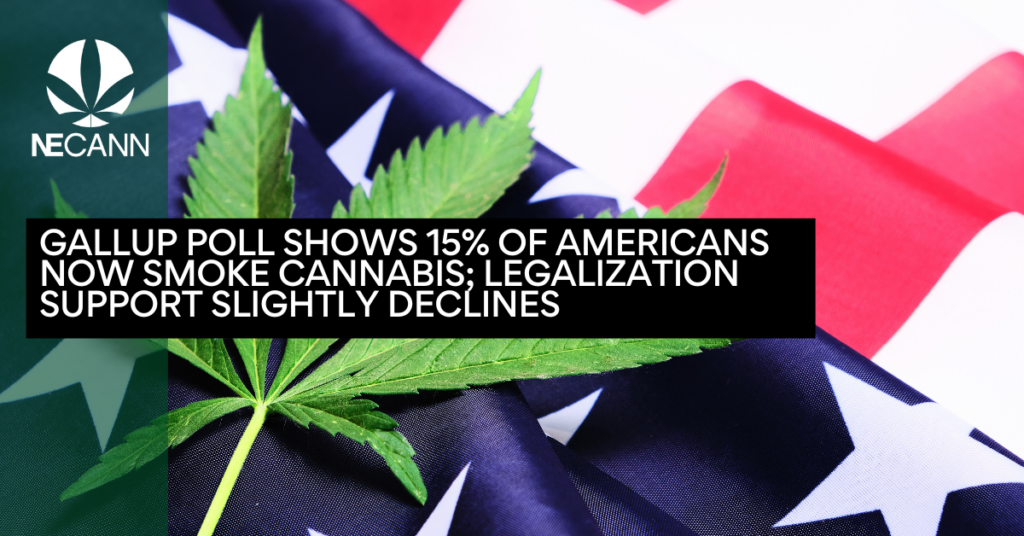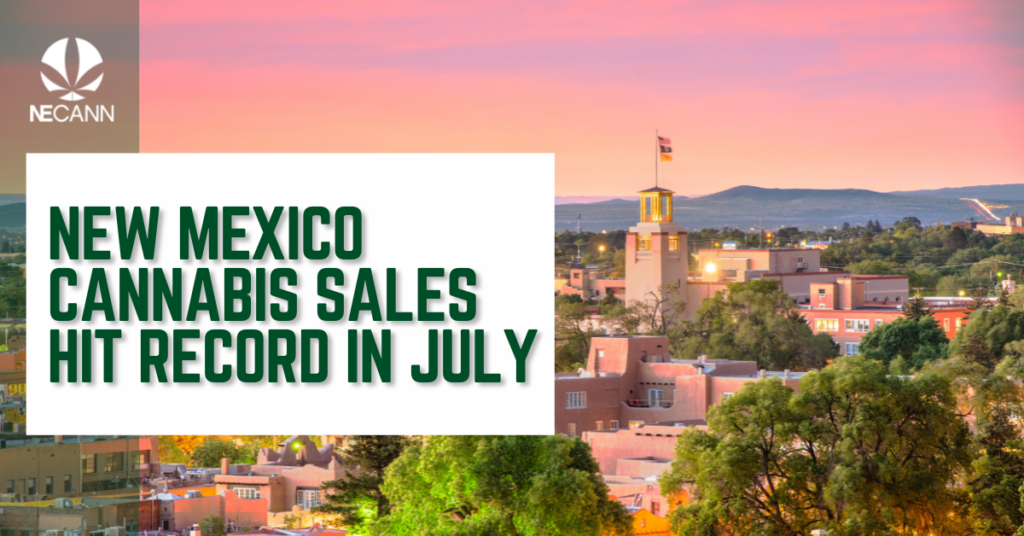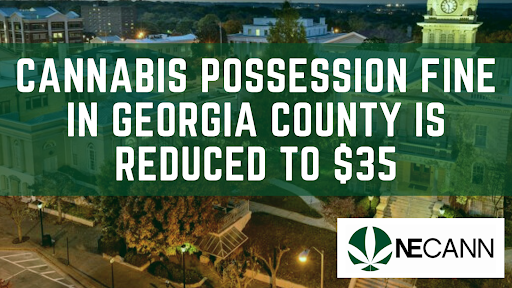A recent Gallup poll reveals that 15% of Americans report currently smoking cannabis, a steady increase from the 14% average recorded between 2021 and 2022. Released on November 1, 2024, this data reflects a gradual rise in cannabis use across the U.S., although overall support for legalization saw a slight dip, moving from 70% last year to 68% this year. Gallup’s survey also highlights distinct trends across age, gender, education level, political affiliation, and region.
Gallup’s historical data has shown an upward trend in cannabis usage. From 2015 to 2016, an average of 12% of Americans reported smoking cannabis, with this figure holding steady through 2017-2019. However, a significant rise is seen compared to 2013, when only 7% of respondents reported using cannabis. With states progressively legalizing cannabis and cultural acceptance increasing, more Americans have been open about their usage.
The latest poll reveals notable demographic differences in cannabis usage. Men (17%) are more likely to smoke cannabis than women (11%). Age also plays a role, with younger adults (19%) and middle-aged adults (18%) reporting higher usage than those aged 55 and older, at only 10%. This trend likely reflects generational shifts, as younger adults have experienced greater social acceptance and broader legalization of cannabis compared to older generations.
Education levels also appear to correlate with cannabis use. Americans without a college degree reported higher rates of use (17%) than college graduates (11%). This discrepancy could be due to varying cultural or socioeconomic factors that influence attitudes toward cannabis.
Political affiliation is a strong predictor of cannabis use. The poll found that Democrats (23%) are more than twice as likely to use cannabis as Republicans (10%). Independents, meanwhile, reported a 14% usage rate, falling between the two major parties. These trends could reflect differing political ideologies surrounding cannabis, as Democrats tend to be more supportive of legalization compared to the generally conservative stance of Republicans.
Regionally, the highest rates of cannabis use are in the West (19%), followed by the Midwest (16%) and the East (16%). In contrast, cannabis usage in the South is significantly lower, with only 11% of respondents in the region reporting use. These regional differences often mirror the legal landscape, as Western states were early adopters of cannabis legalization, while some Southern states remain restrictive.
The percentage of Americans who have tried cannabis has declined slightly, moving from 49% in 2021-2022 to 47% in 2023-2024. Meanwhile, support for broad cannabis legalization also saw a small decrease from 70% to 68%. While both figures remain high, the slight drop may indicate that public opinion on cannabis legalization has reached a plateau, with a solid majority supporting it and a consistent minority remaining opposed.
Gallup’s trend data on cannabis experimentation reveals a broader picture of evolving attitudes. When Gallup first surveyed cannabis use in 1969, only 4% of Americans reported having tried it. By 1977, this number had risen to 24%, reflecting a period of greater social experimentation. It increased to 33% in 1985, holding under 40% until 2015, when it reached 44%. This historical context illustrates the slow but steady shift in public acceptance over decades.
Gallup’s findings offer key insights for policymakers, advocates, and the cannabis industry. The steady rate of use among Americans and the slight dip in support for legalization suggest that attitudes may be stabilizing, even as usage continues to climb modestly. The demographic data points to higher usage rates among men, younger adults, and Democrats, while usage is lower among older adults, college graduates, and Republicans.
For the cannabis industry, these trends highlight potential target demographics and regions where support is strongest. For policymakers, they provide insights into areas where legalization efforts may face more opposition, such as in the South and among older populations.
In all, Gallup’s data portrays a society that is increasingly accepting of cannabis but with nuanced views based on individual backgrounds and beliefs. As cannabis continues to be a topic of social and political significance, these trends are likely to play an important role in shaping future discussions and policies surrounding its use and legalization.




